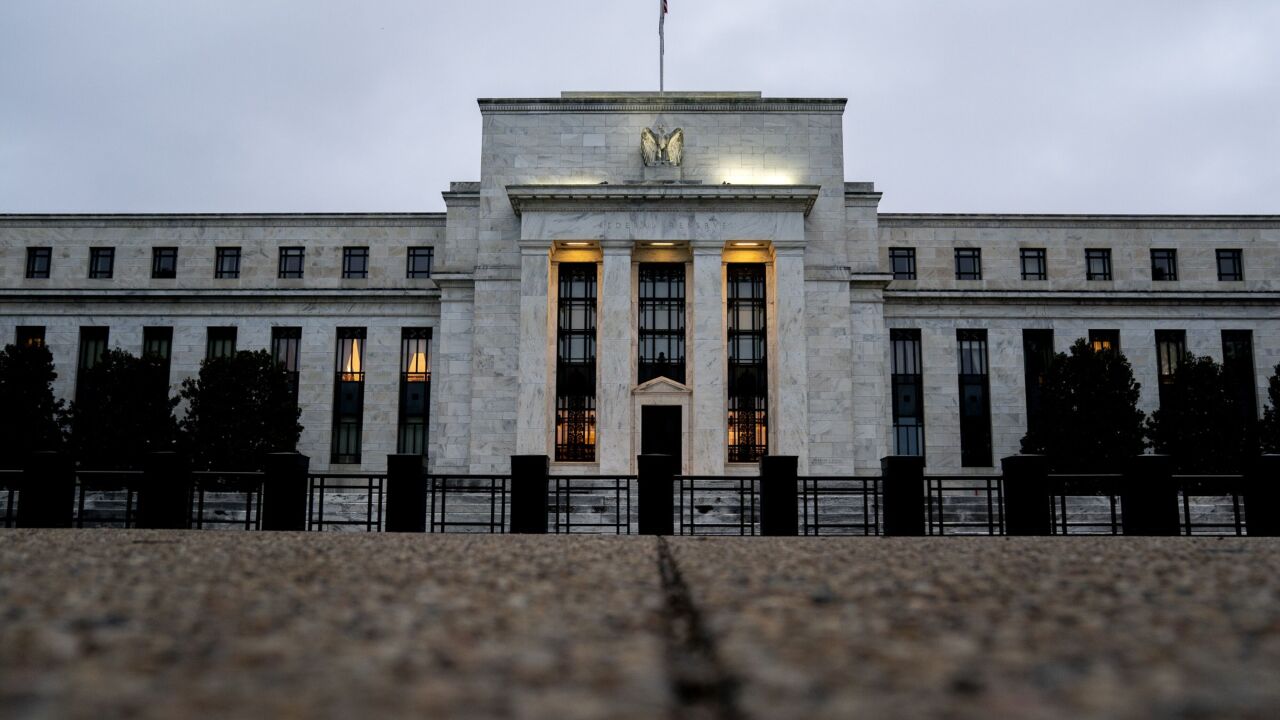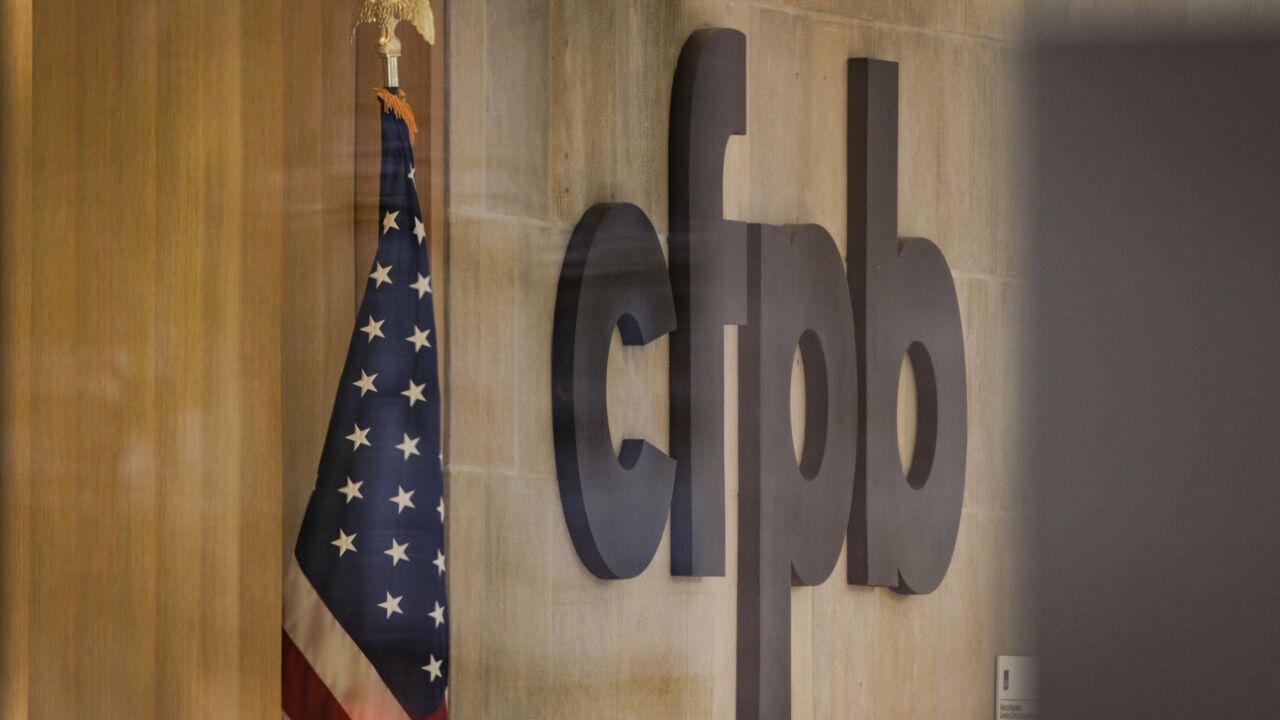
Interest in the federal Small Business Investment Company program, which banks use to make equity investments in early stage small enterprises, has spiked in the wake of a 2023 rule change.
The change, which created a new class of U.S. Small Business Administration-licensed funds incentivized to make the investments, has led to a spike in licensing applications, according to Anthony Cimino, vice president and head of policy at Carta, a San Francisco-based developer of investment software.
Prior to the rule change, the SBA generally received about 35 SBIC applications annually, Cimino said Wednesday in testimony before the House Small Business Committee. Last year, 127 applications were filed.
Now there is growing political support for finding additional ways to support SBICs, which often drive investments in small businesses that are located outside of major economic hubs.
The new class of SBICs are known as accrual SBICs. Cimino urged lawmakers and the SBA to ensure they are supported with enough resources to ensure timely responses to the growing number of applications.
"The aim should be to drive more resources where they are working, including ensuring that the SBA's SBIC program has proper staffing [and] continues to refine the operational expertise and process," Cimino said.
SBA Administrator Kelly Loeffler announced plans last month to
"The SBA program is about $50 billion [in size], and it's managed on $11 million in salary," Palmer said. "That's about 100 times more efficient than generally the private sector runs managing private equity funds."
"It's really critical that we double down on the programs that are working," Cimino said.
The appeal of accrual SBICs centers around their modified payment structure. The interest owed to the SBA is paid upon the fund's maturity or during a distribution event. Traditional debenture SBICs, which typically offer a mix of debt and equity financing, are required to make semiannual interest payments.
The delayed payment structure is well suited for funds targeting early stage companies that need straight equity investments, according to Palmer.
"The earlier-stage businesses need more straight equity because they want to keep any cash flowing inside the business," Palmer told American Banker. "Debt is less attractive to them."
The SBIC program is separate from the SBA's 7(a) and 504 programs, which lenders use to make government-backed loans to small businesses. SBICs, meanwhile, raise private capital that the SBA leverages — on a 2-to-1 basis for standard debenture funds, or 1.25-to-1 for accrual SBICs.
Though not as large as the SBA's flagship 7(a) program, which provided more than $31 billion in loans during the most recent fiscal year, the SBIC program offers a substantial source of capital, supporting about $8 billion in investments during fiscal 2024.
Banks dominate the list of participating lenders, and they play a crucial role in the SBIC program's operation, providing up to 70% of funds' investment capital, Palmer said.
SBICs generate an average internal rate of return of 16.9%, which is about 4% higher than on a comparable set of non-SBIC funds, according to a June 2024 study by the Institute for Public Capital.
"It's a genuinely solid opportunity for banks," Palmer said.
While most of banks' SBIC investments currently flow to standard debenture funds, the mix may change over time, as banks educate themselves about accrual funds.
"The accrual funds are new," Palmer said. "Some banks are willing to do the deep dive to understand it. Some are more risk-averse."
Promoting equity investments is seen as important because the money tends to flow to smaller and earlier-stage companies, including those owned by women, minorities and veterans. What's more, SBICs are not as tied to major investment hubs such as New York, Boston, Chicago and Silicon Valley.
"They are driving capital to regions where it likely would not have been deployed," Cimino said.

Lawmakers are considering additional proposals to boost the SBIC program, including a bipartisan bill introduced last month by Rep. Dan Meuser, R-Pa., and cosponsored by Rep. Hillary Scholton, D-Mich. Their Investing in All of America Act would provide additional incentives, including more SBA leverage, to firms that invest in businesses located in rural or low-income areas, along with those involved in manufacturing or critical technologies.
"This bill strengthens investment in underserved areas without adding cost or risk to taxpayers," Meuser said. "The Investing in All of America Act is not just about expanding access to capital, it's about revitalizing communities, creating jobs, and bolstering economic growth."
Both Palmer and Cimino expressed support for Meuser's bill.
While no SBA officials testified at Wednesday's hearing, early signals from the Trump administration have been positive, according to Palmer, who said he was invited to meet SBA Administrator Kelly Loeffler shortly after she took office.
"This model, which is a proven model going back to Eisenhower, really matches what [the Trump administration is] trying to do," Palmer said.
The SBIC program was established in 1958.






